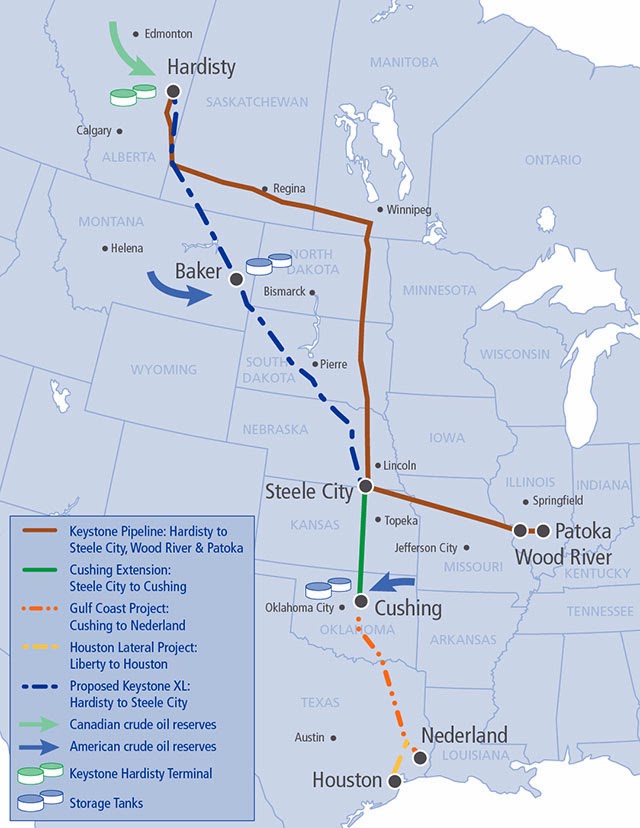Due to the cold weather that has been gripping the U.S. recently, some media sources have been trying to debunk "global warming". Their logic is that global warming couldn't possibly be true because of the recently colder then average temperatures. Jon Stewart recently had a segment on his show where he parodied their opinions and poked holes at their logic. Fox News was calling into question the legitimacy of global warming because they considered the salaries of the scientists doing the research too high to be unbaised. Meaning to say they thought scientists were stretching or lying about their data in order to receive more federal funding and continue having a job. One news anchor made an allusion to the scientists laughing at us while vacationing in their lavish boats in the Arctic. Thankfully, in his segment Jon Stewart poked fun at this point by showing a picture of the "lavish" research boats scientists are using. Another comedic aspect of the logic of Fox News was the input of Donald Trump, a business man, not a scientist on the show. Trump's rationality for the falseness of global warming was that he's freezing and airports are being closed. Facts. Love me some good ol' Trump bonafide facts.
As Jon Stewart pointed out in his covering of Fox New's coverage of global warming, trends in science are not opinions. I would also like to point out that the term "global warming" is going extinct and that "climate change" is taking its place. I prefer the term climate change because climate is the study of the temperature over a long period of time, and although temperatures are rising there are other effects caused by greenhouse gases. Fox News anchors are looking at weather (the temperature of one day) and claiming that it debunks climate change (the temperature over a long period of time). If that was everyone's logic then twice a year people would change their opinion on global warming. In the winter they would believe it was false, and in the hot & humid summers they would believe in global warming. That is why Fox News needs to look at scientific trends and not their own opinions to determine if climate change is happening.
This is a video the NYTimes released about the influence climate change has had on storms.
Time Magazine two weeks ago released an article about the upcoming El Niño, a phenomena that has increased due to climate change (sadly I couldn't find a link to it).
This is another Time Magazine article that directly addresses the colder temperatures, but still makes the case that climate change exists.




